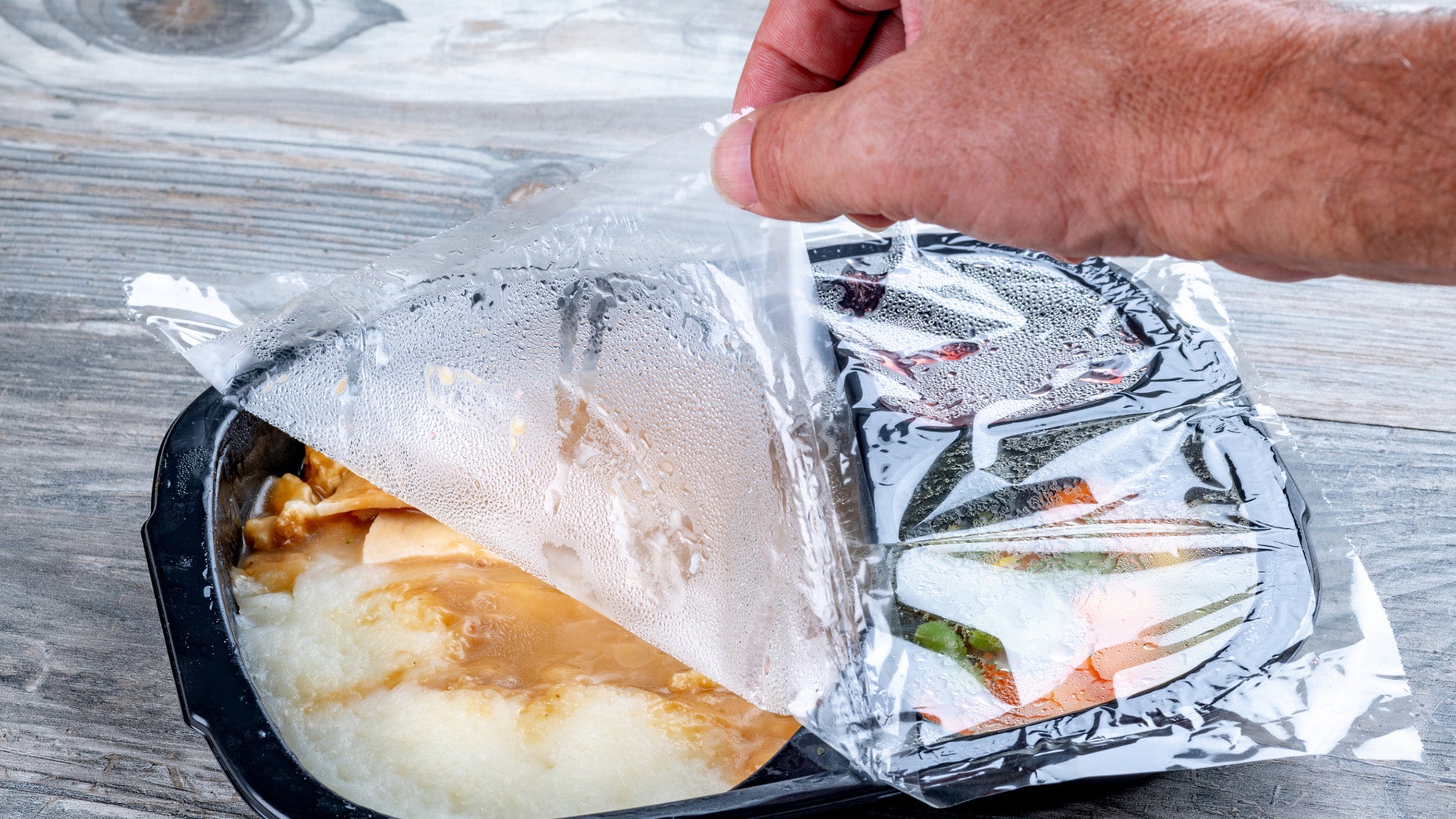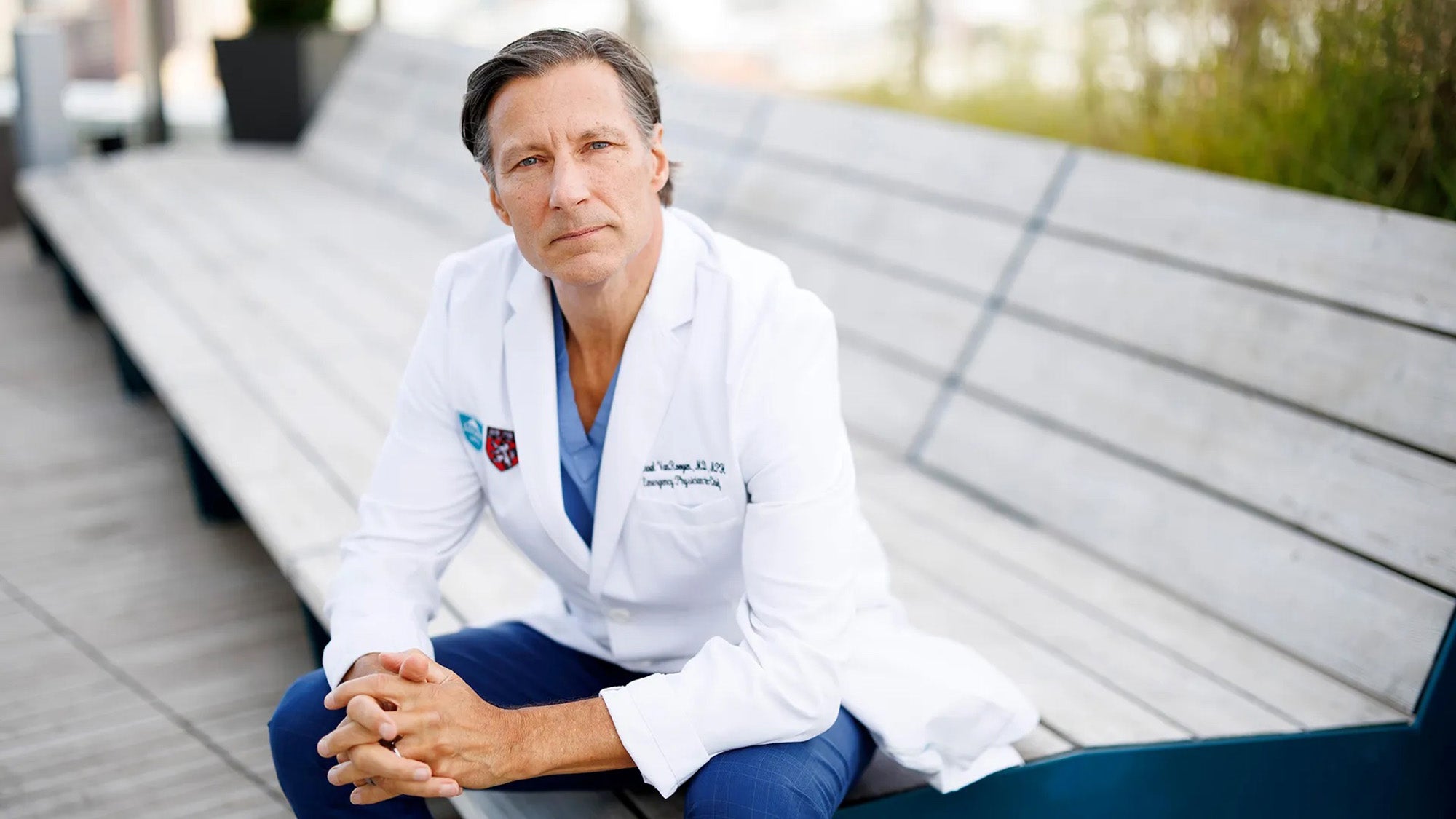What’s Really in Our Hair Products? How Black Women are Being Exposed to Hidden Health Risks

One of the most beautiful things about coily hair textures is its versatility. As a Black woman with 4C hair*, characterized by its tight curl pattern, I have had the privilege to experiment with many different styles. Unfortunately, Type 3 and 4 hair textures have been historically disfavored primarily due to Eurocentric beauty standards. They have been labelled as unruly, unprofessional, and undesirable, leading some black women to avoid wearing their natural hair. While a society’s beauty standards influence many hair choices, practical considerations may also contribute to these decisions. For one, natural curls and coils are more susceptible to breakage and shrinkage, making them difficult to maintain. Oftentimes, protective styles, heat styling, and chemical treatments are more manageable compared to the time and effort needed to care for natural hair.

In recent years, the harmful effects of chemical treatments such as relaxers have become more known, sparking widespread discussion within the Black community. My mother grew up in the 1980s before hair relaxers became widely regarded as dangerous. Her hair was relaxed from the age of five years old until forty years old, when she finally decided to begin the transition to her natural hair.
Throughout my childhood, my mom did not allow my sisters and I to use chemical treatments. Instead, we often wore our hair in protective styles such as braids, twists, and cornrows. She claimed that relaxer was damaging to our hair, and that it also had the potential to cause cancer.
The idea that there may be a link between hair product usage and cancer is supported by several major scientific studies, for example the Sister Study. Researchers with the National Institute of Environmental Health Sciences (NIEHS) discovered that frequent use of hair straightening products (defined as more than four times in the previous year) were more than twice as likely develop uterine cancer later in life compared to those who did not use the products2. Another study led by researchers Rao et al. (2022) has linked using hair relaxer before the age of twelve with more aggressive tumors among women who already have breast cancer3.
So, with protective and natural styling presented to me as the “healthy alternative” to straightening treatments, I have spent most of my life wearing braids or my natural hair. However, on social media I recently came across a claim that the synthetic hair used in hair braiding, as well as shampoos and leave in conditioners targeted toward women with coily hair textures, have the potential to be just as harmful as chemical treatments. Surprised by this claim, I sought to look deeper into their legitimacy.
What does the research say?
While there is limited research addressing the potential health risks of using Black hair care products, scientists are trying to change this, including at our very own Department of Environmental Health at Harvard T.H. Chan School of Public Health. One study, a collaboration between our lab lead Dr. Shruthi Mahalingaiah and colleague Dr. Tamarra James-Todd, intended to close this gap. This study found associations between Black women who frequently used hair oils late in their pregnancy and early gestational age at delivery, with a concern for higher risk preterm birth4.
Another research study out of this collaboration identified six hair products commonly used by Black women and assessed hormonal activity. All six products showed some ability to mimic or block natural hormones in lab tests5. These findings are extremely important because hormones help support and regulate the reproductive system; using these products may be linked with negative reproductive health outcomes.
Scientists like Drs. Mahalingaiah and James-Todd are still working to learn more about how popular beauty products may be linked with our health. This crucial research has the potential to change lives.
As consumers, there are fortunately some great resources that help us make decisions when we’re shopping for new products and going through our beauty cabinets.
Key steps you can take
While the most popular hair care items often stocked on shelves at your local beauty supply are likely to contain harmful chemicals, there are brands and organizations out there dedicated to ensuring your wellbeing. Check out a few resources below:
- The Campaign for Smart Cosmetics has created a list of non-toxic black beauty products created by black-owned brands. Check it out here.
- Another helpful resource is a mobile app called Yuka a food and cosmetic scanner that allows you to scan labels so that it can analyze the ingredients within. Yuka also recommends alternatives to products scanned, allowing you to regain control over what chemicals you are exposing yourself to.
- Available for download on your cellphone is the EWG Healthy Living app, which was developed by the Environmental Working Group. Similar to Yuka, this app allows you to scan food and personal care products. Each product is given a rating from 1 to 10, falling into categories like Low Hazard, Moderate Hazard, or High Hazard, based on ingredient safety and transparency.
Something to note is that many resources (including some listed above) don’t always take into account how much of a chemical is actually in a product when determining any sort of “risk” score. Sometimes, brands and manufacturers won’t disclose the exact amount because their formula is private. Other times, we simply don’t have enough research yet to say for sure how often you need to use a certain ingredient (or how much of it you need to use) for it to cause harm.
At the end of the day, feeling beautiful doesn’t have to come at the expense of our health. If a product compromises your wellbeing, it’s time to reconsider its place in your routine.
References
1: S. Oberoi, “Hair Types: How to Style Your Straight, Wavy, Curly, or Coily Hair,” April 2020. [Online]. Available: https://www.cosmopolitan.com/style-beauty/beauty/a31956130/hair-types/.
2: “Hair straightening chemicals associated with higher uterine cancer risk,” 17 October 2022. [Online]. Available: https://www.nih.gov/news-events/news-releases/hair-straightening-chemicals-associated-higher-uterine-cancer-risk.
3: R. Rao, J. A. McDonald, E. S. Barrett, P. Greenberg, D. K. Teteh, S. B. Montgomery, B. Qin, Y. Lin, C.-C. Hong, C. B. Ambrosone, K. Demissie, E. V. Bandera and A. A. Llanos, “Associations of hair dye and relaxer use with breast tumor clinicopathologic features: findings from the Women’s Circle of Health Study,” Environ Res, vol. 203, no. 111863, 2021.
4: E. V. Preston, V. Fruh, M. R. Quinn, M. R. Hacker, B. J. Wylie, K. O’Brien, S. Mahalingaiah and T. James-Todd, “Endocrine disrupting chemical-associated hair product use during pregnancy and gestational age at delivery: a pilot study,” Environ Health , vol. 20, no. 1, p. 86, 2021.
5: T. James-Todd, L. Connolly, E. V. Preston, M. R. Quinn, M. Plotan, Y. Xie, B. Gandi and S. Mahalingaiah, “Hormonal activity in commonly used Black hair care products: evaluating hormone disruption as a plausible contribution to health disparities,” J Expo Sci Environ Epidemiol, vol. 6, no. 31, p. 476–486, 2021.


